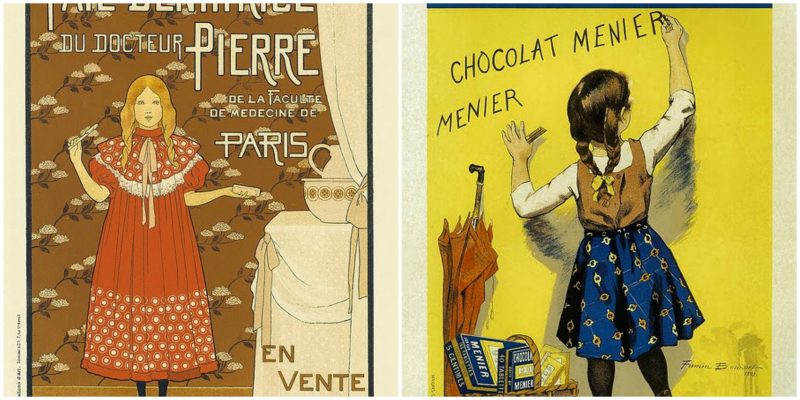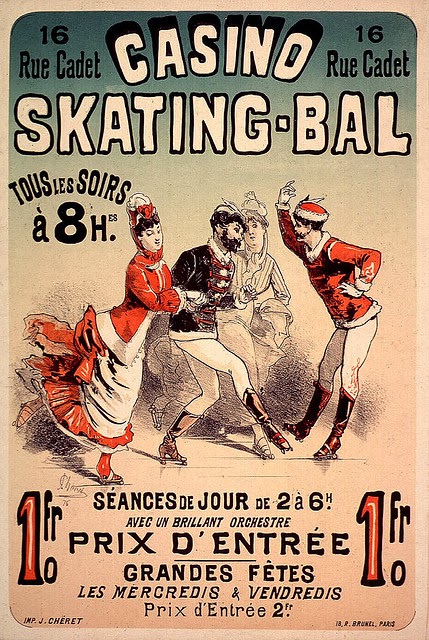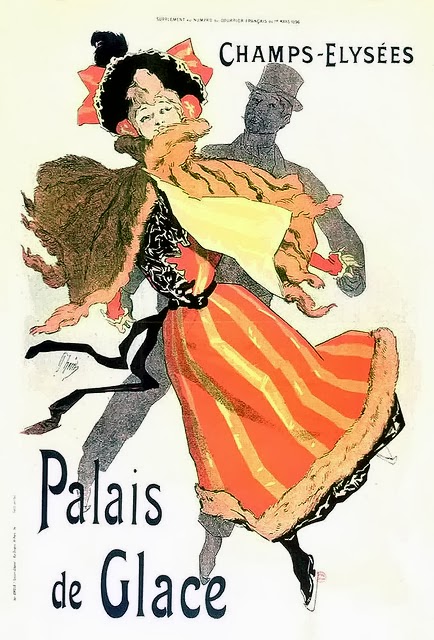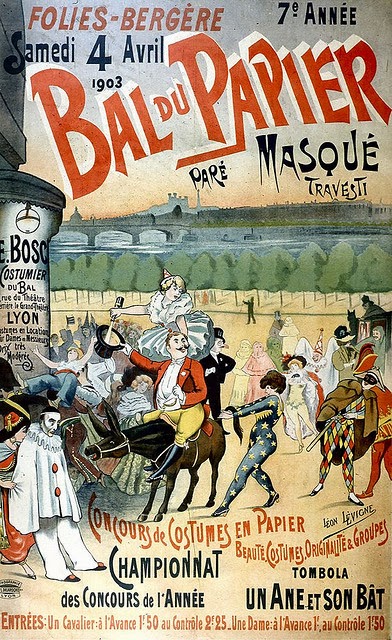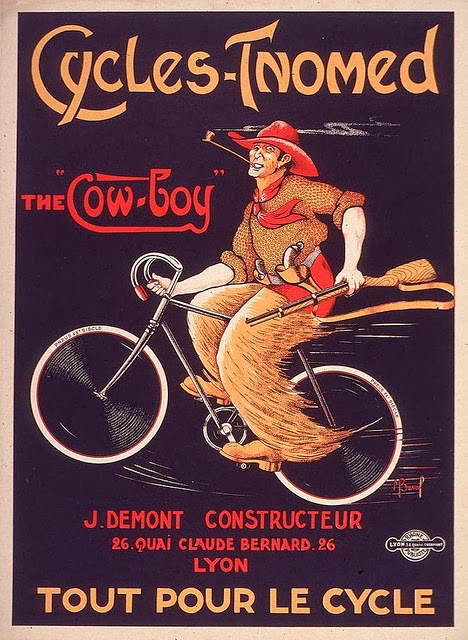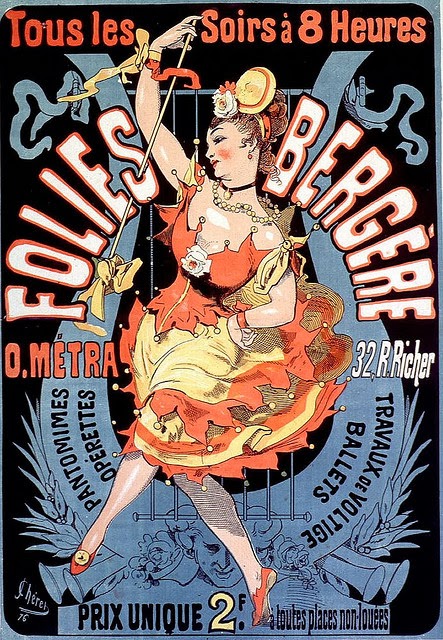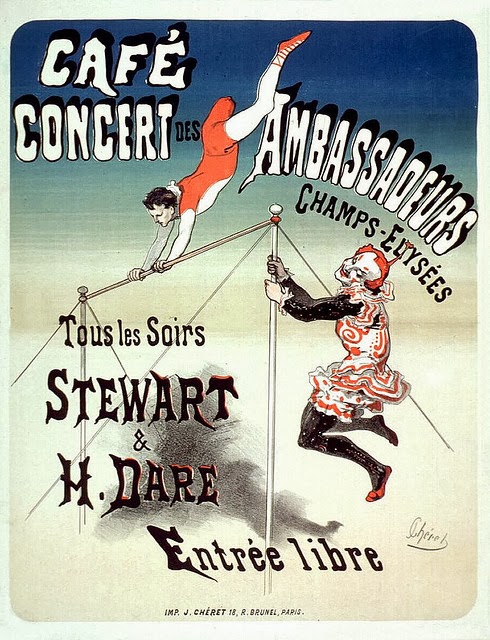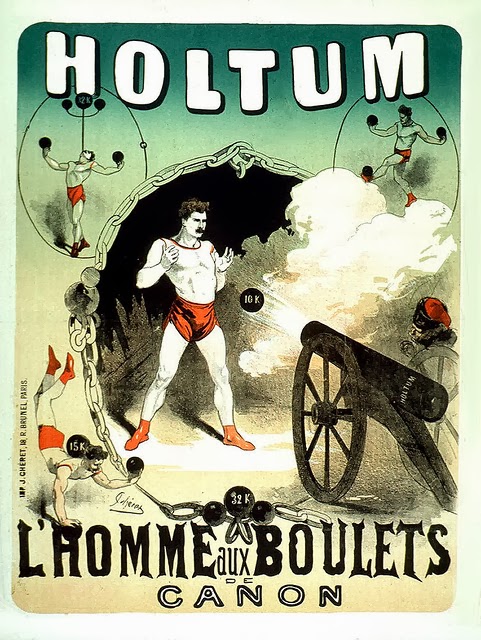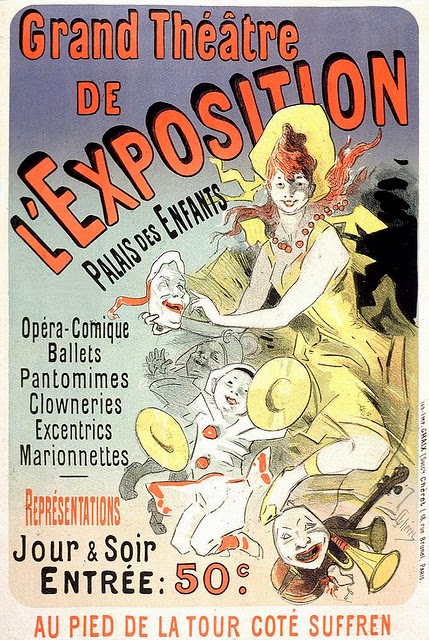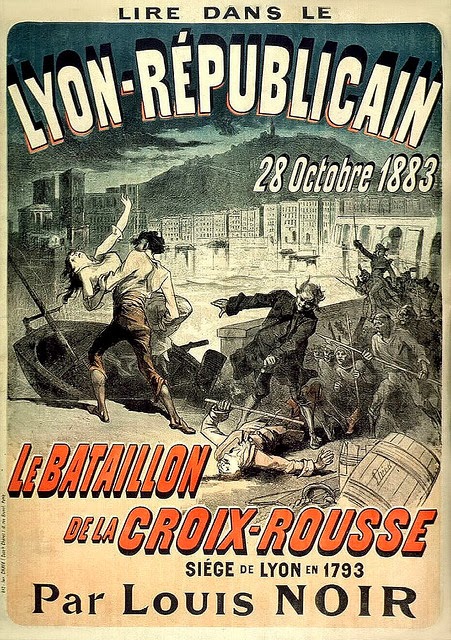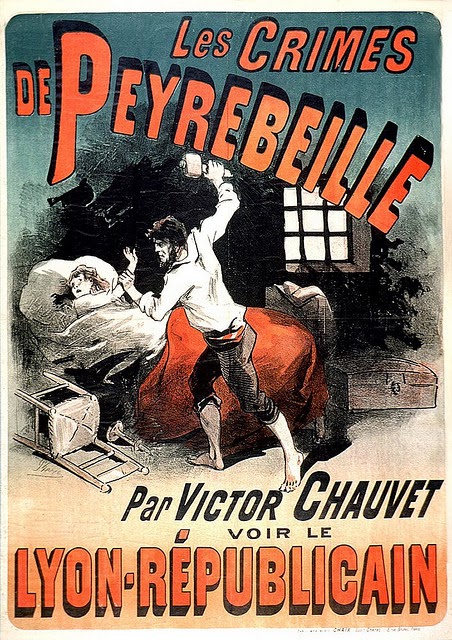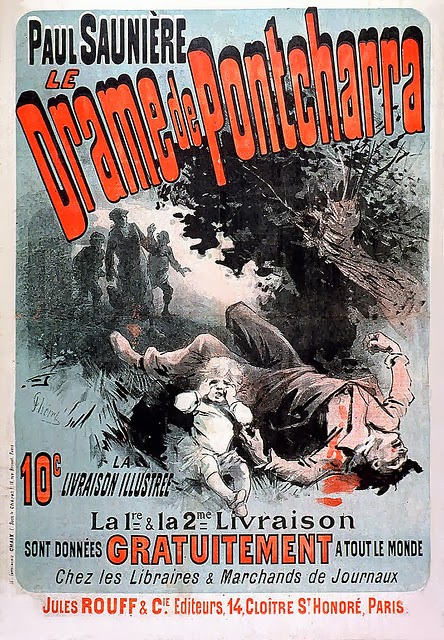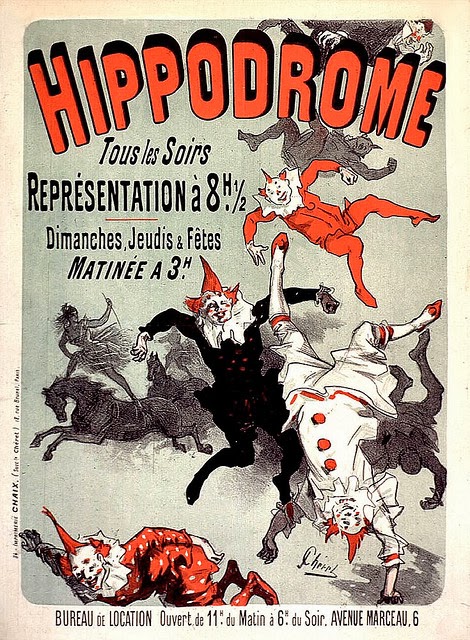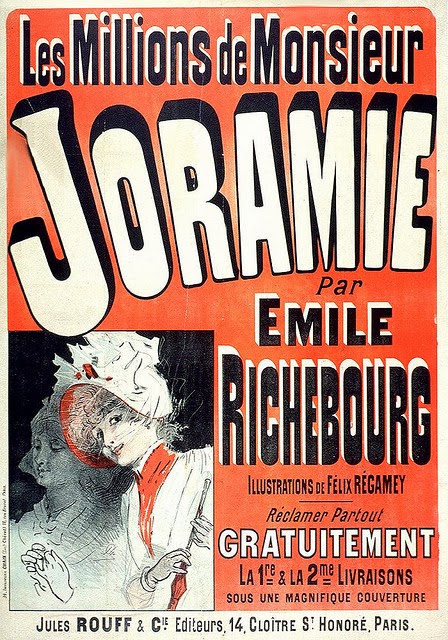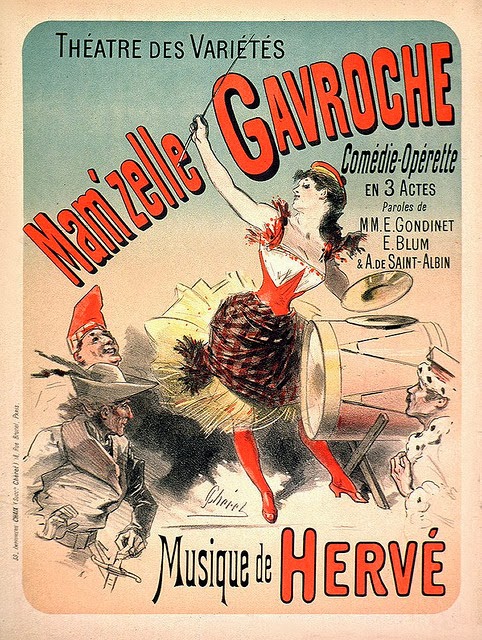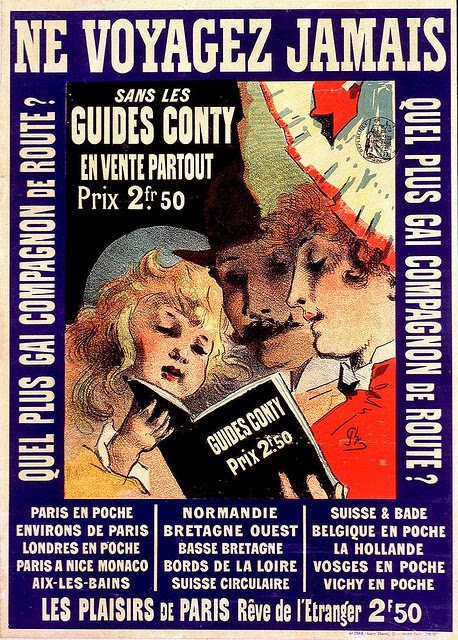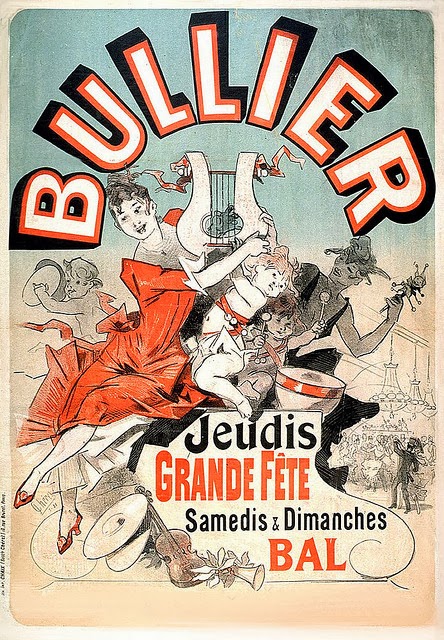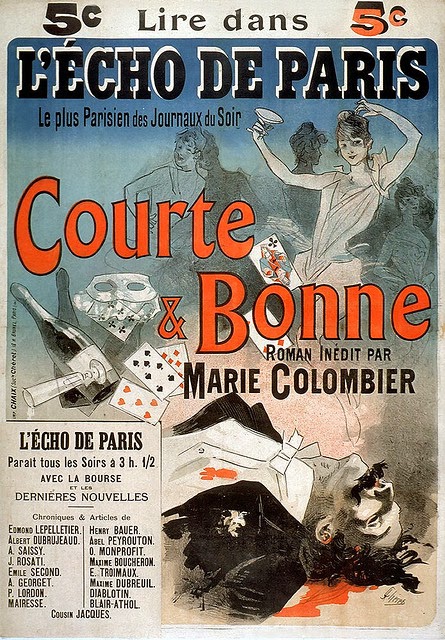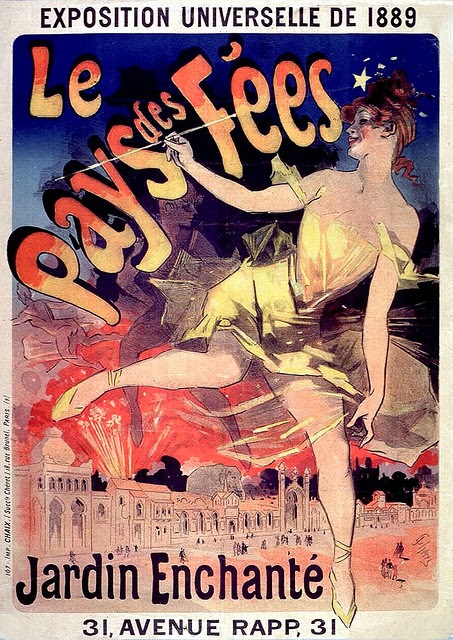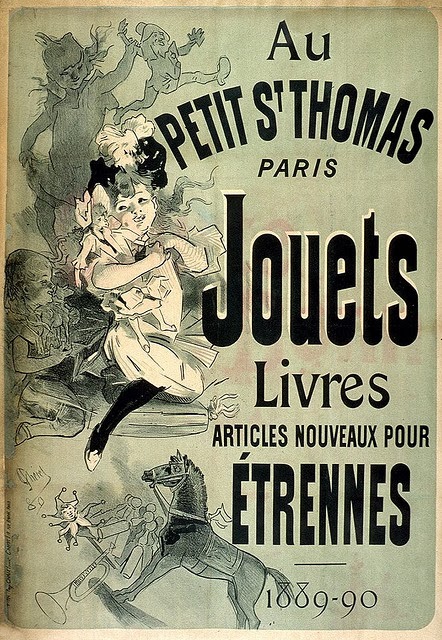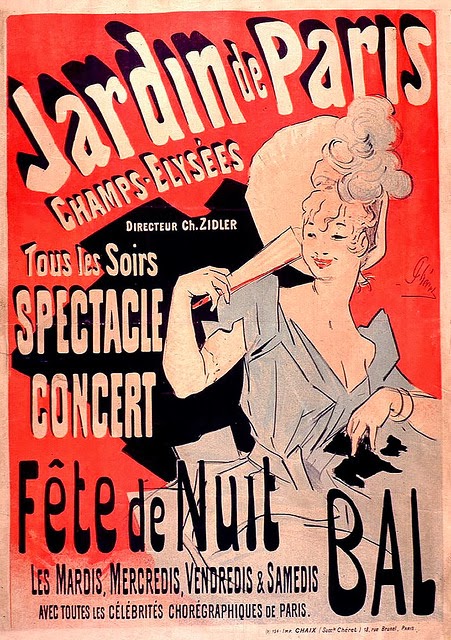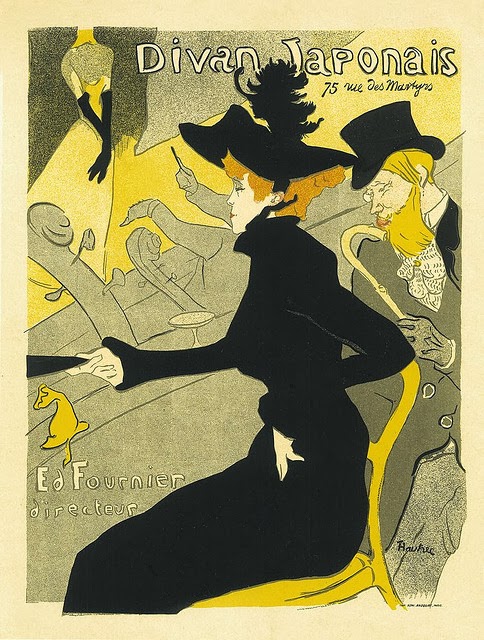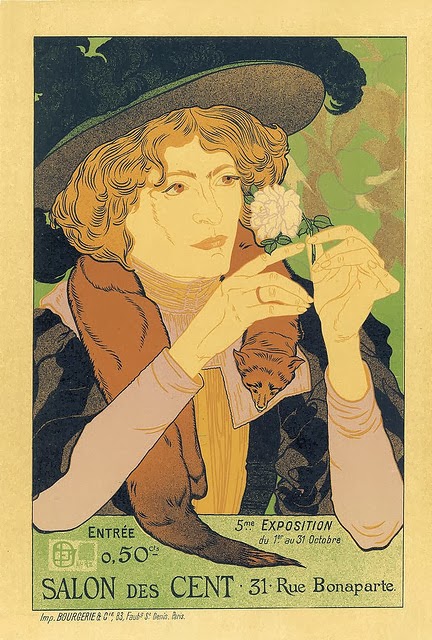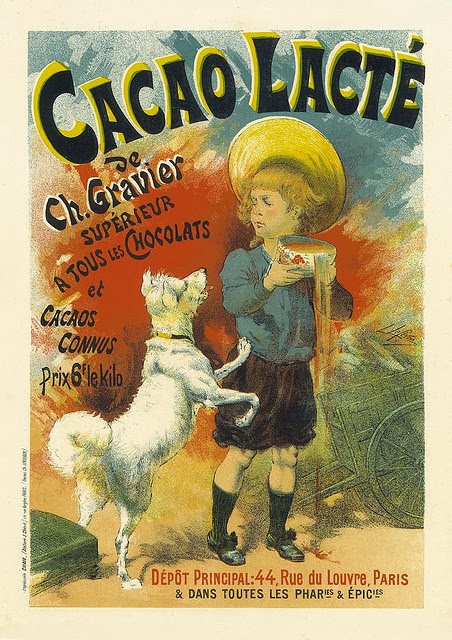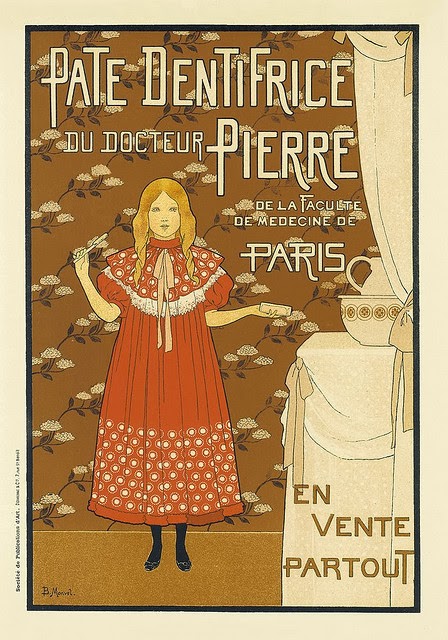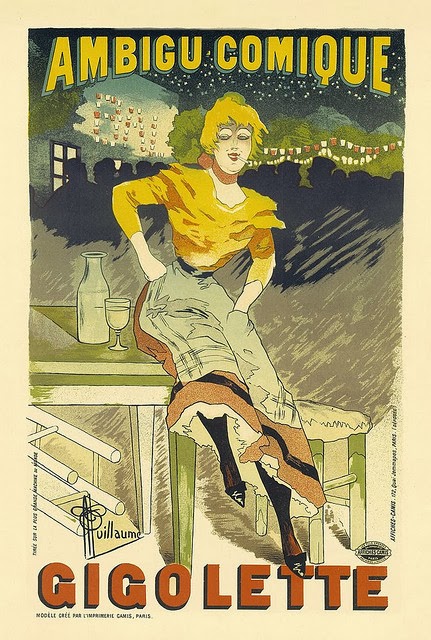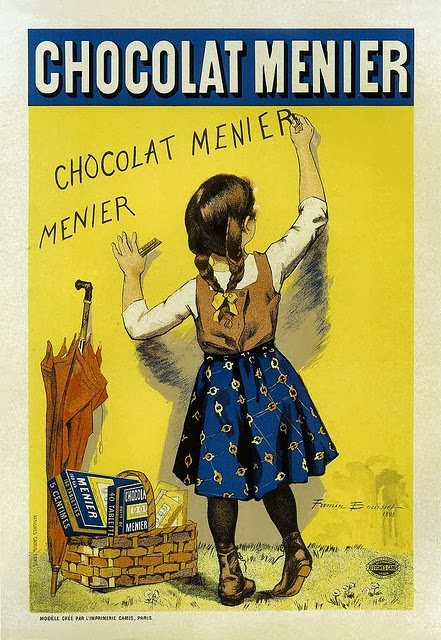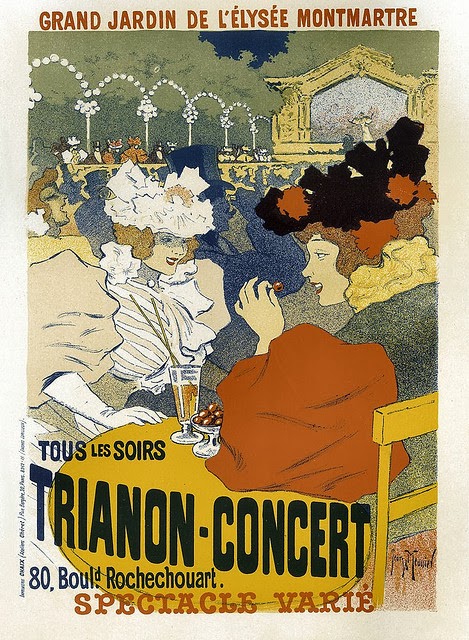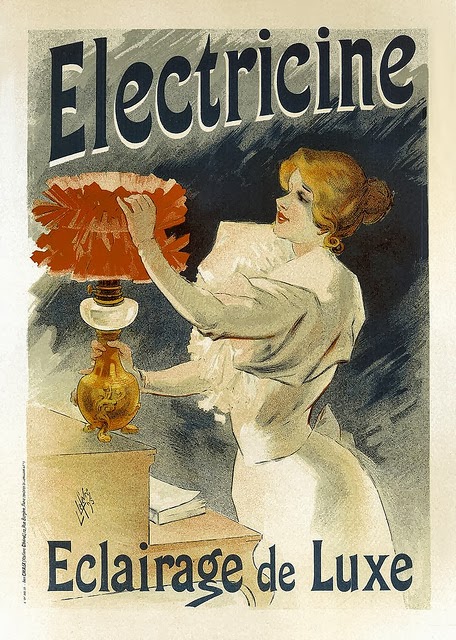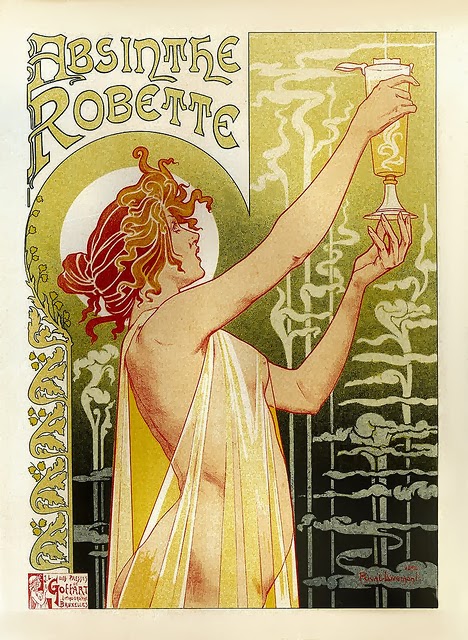The theater colored posters were one of the earliest forms of modern and sophisticated advertising, also it was a great way to merge two different forms of art, the theater and illustration.With the invention of lithographic printing in 1851, theatre managers realised that they could provide colored illustrations to advertise their productions.
They also saw that detailed cast lists were superfluous on posters, and some managers began producing separate programmes to give that information when patrons reached the theatre.
Towards the end of the century the influence of great French poster artists such as Jules Chèret and Henri de Toulouse-Lautrec was important too. By the 1890s poster design was regarded as an art, as well as an indispensable form of advertising.
According to the French historian Max Gallo, “for over two hundred years, posters have been displayed in public places all over the world. Visually striking, they have been designed to attract the attention of passers-by, making us aware of a political viewpoint, enticing us to attend specific events, or encouraging us to purchase a particular product or service.” The modern poster, as we know it, however, dates back to the mid-nineteenth century, when several separate but related changes took place. First, the printing industry perfected colour lithography and made mass production of large and inexpensive images possible. Second, government censorship of public spaces in countries like France was lifted. And finally, advertisers began to market mass-produced consumer goods to a growing populace in urban areas
Between 1895 and 1900, Jules Chéret created the Maîtres de l’Affiche (Masters of the Poster) series that became not only a commercial success, but is now seen as an important historical publication. Alphonse Mucha and Eugène Grasset were also influential poster designers of this generation, known for their Art Nouveaustyle and stylized figures, particularly of women. Advertisement posters became a special type of graphic art in the modern age. Poster artists such as Théophile Steinlen, Albert Guillaume, Leonetto Cappiello, Henri Thiriet and others became important figures of their day, their art form transferred to magazines for advertising as well as for social and political commentary.. Indeed, as design historian Elizabeth Guffey notes, “As large, colourful posters began to command the spaces of public streets, markets and squares, the format itself took on a civic respectability never afforded to Victorian handbills.
Challenged by newer modes of advertising, the poster as a communicative form began to decline after the First World War. Civic groups had long assailed the poster, arguing that the form made public spaces ugly. But the real threat to posters came from newer forms of advertising. Mass-market magazines, radio and later television, and bill-boards all cut into advertiser’s marketing budgets. While posters continued to be made and advertised products, they were no longer considered a primary form of advertising. More and more, posters purpose shifted toward political and decorative uses.
Indeed, by the mid 1960s, posters were reborn as part of a broader counter-cultural shift. By 1968 the poster craze was described as “half way between a passing fashion and a form of mass hysteria.” Sometimes called a “second golden age” or “postermania” however, this resurgence of popularity saw posters used as decoration and self-expression as much as public protest or advertising.
